Can humans live on the Moon?
Nasa finds ‘moving water’ on the lunar surface
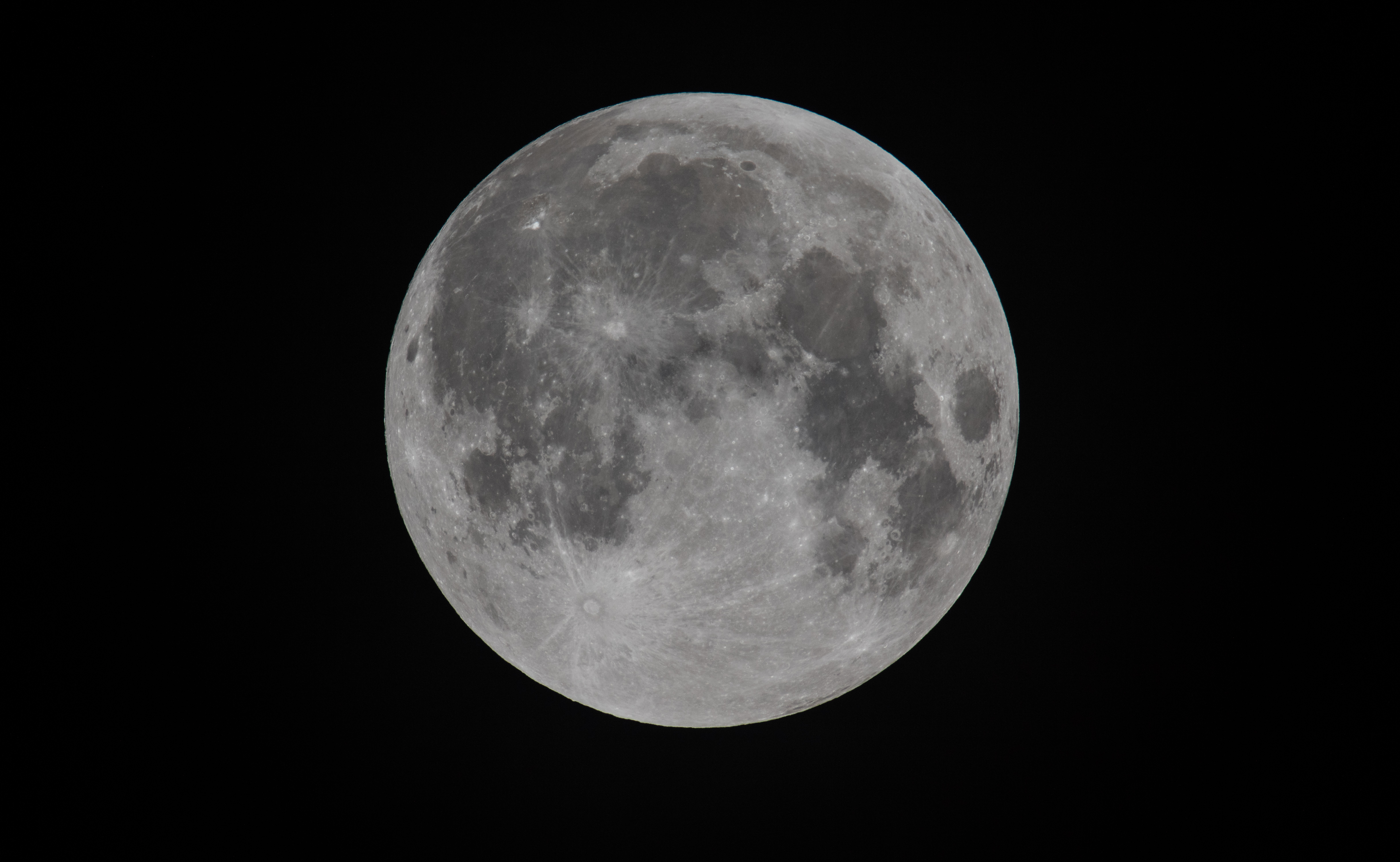
Nasa has discovered traces of water on the Moon, suggesting that humans may one day be able to live on the lunar surface.
Researchers at the US space agency used data from Nasa’s Lunar Reconnaissance Orbiter (LRO), a small craft orbiting the astronomical body, to study how water molecules behave on the Moon.
Scientists had believed the Moon’s surface was completely barren until about a decade ago, when traces of water were discovered “mixed into the lunar soil”, or regolith, Digital Trends reports.
The Week
Escape your echo chamber. Get the facts behind the news, plus analysis from multiple perspectives.

Sign up for The Week's Free Newsletters
From our morning news briefing to a weekly Good News Newsletter, get the best of The Week delivered directly to your inbox.
From our morning news briefing to a weekly Good News Newsletter, get the best of The Week delivered directly to your inbox.
But Nasa’s new study found that water on the Moon moves “depending on the time of day”, as researchers observed molecules “moving around the surface as it heats up”, the tech site says.
When temperatures on the lunar surface peak at noon, water is released from the regolith and bounces around until reaching a location that’s “cold enough for the water to cool down and return to the surface”, the Daily Express reports.
Tapping into a water supply on the lunar surface is critical for humans to live on the Moon for extended periods of time.
The lead author of the study, Amanda Hendrix, said the results “aid in understanding the lunar water cycle and will ultimately help us learn about accessibility of water that can be used by humans in future missions to the Moon.
A free daily email with the biggest news stories of the day – and the best features from TheWeek.com
“Lunar water can potentially be used by humans to make fuel or to use for radiation shielding or thermal management - if these materials do not need to be launched from Earth, that makes these future missions more affordable,” she added.
Is there life on the Moon?
No. The 12 astronauts who walked on the lunar surface during the Apollo missions in the late 1960s and early 1970s are the only living beings to have set foot on Earth’s satellite.
However, scientists from Birkbeck, University of London and Washington State University published a research paper last year which claimed that conditions on the Moon may have been able to support life around four billion years ago, The Daily Telegraph reports.
During the formative years of both the Earth and its lunar satellite, the Moon was “spewing out large quantities of superheated gases”, such as water vapour, from its interior, the newspaper says. This may have created an atmosphere, as well as “pools of liquid water”, which would have been a “perfect breeding ground for microorganisms”.
No organisms have been found on the Moon, but the water molecules found on the lunar surface today may be remnants of the events mentioned by the University researchers.
-
 Why is Trump’s alleged strike on Venezuela shrouded in so much secrecy?
Why is Trump’s alleged strike on Venezuela shrouded in so much secrecy?TODAY'S BIG QUESTION Trump’s comments have raised more questions than answers about what his administration is doing in the Southern Hemisphere
-
 Vance’s ‘next move will reveal whether the conservative movement can move past Trump’
Vance’s ‘next move will reveal whether the conservative movement can move past Trump’Instant Opinion Opinion, comment and editorials of the day
-
 Why recognizing Somaliland is so risky for Israel
Why recognizing Somaliland is so risky for IsraelTHE EXPLAINER By wading into one of North Africa’s most fraught political schisms, the Netanyahu government risks further international isolation
-
 Data centers could soon be orbiting in space
Data centers could soon be orbiting in spaceUnder the radar The AI revolution is going cosmic
-
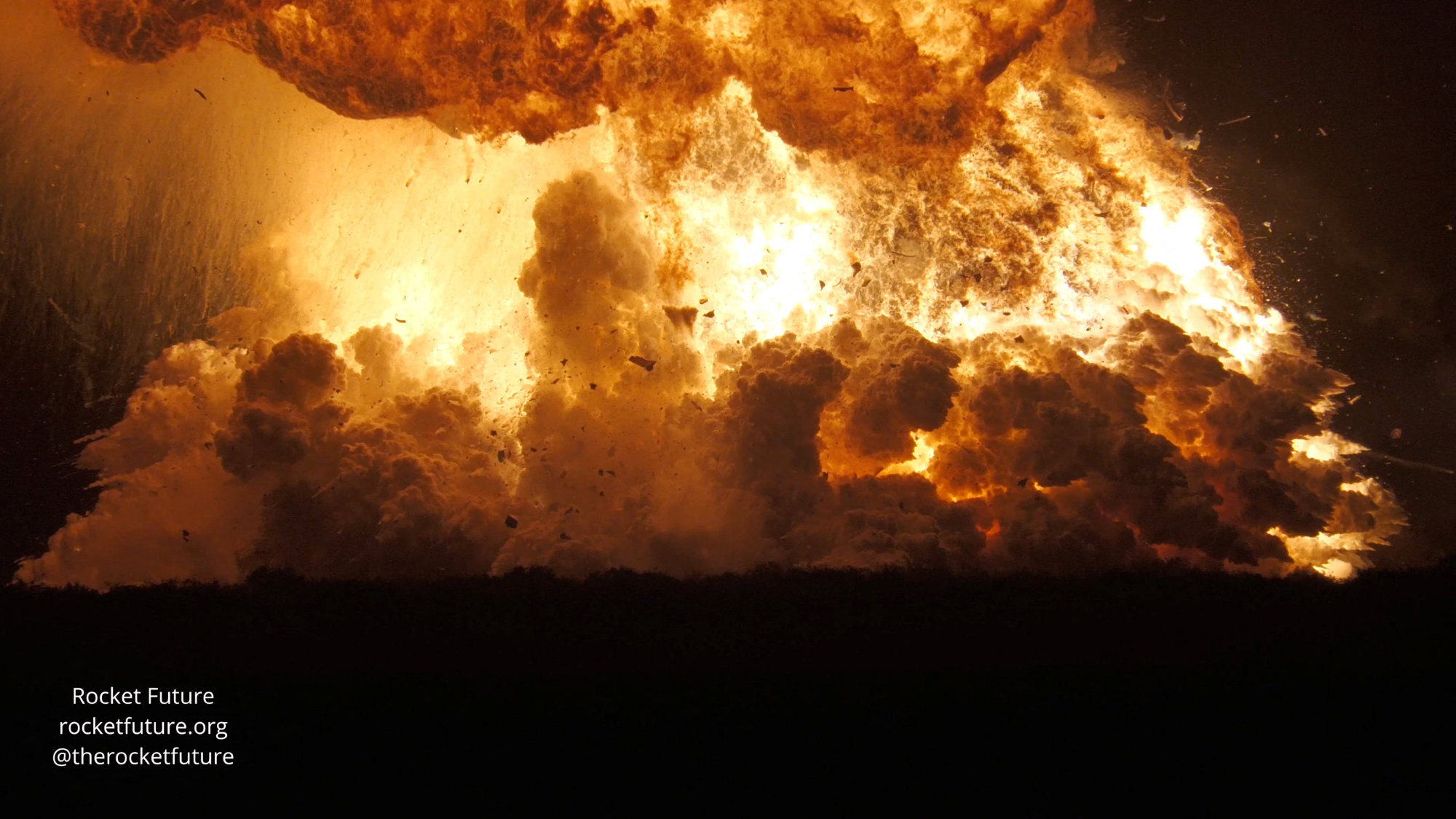 Another Starship blast sets back Musk's Mars hopes
Another Starship blast sets back Musk's Mars hopesSpeed Read Nobody was killed in the explosion, which occurred in south Texas
-
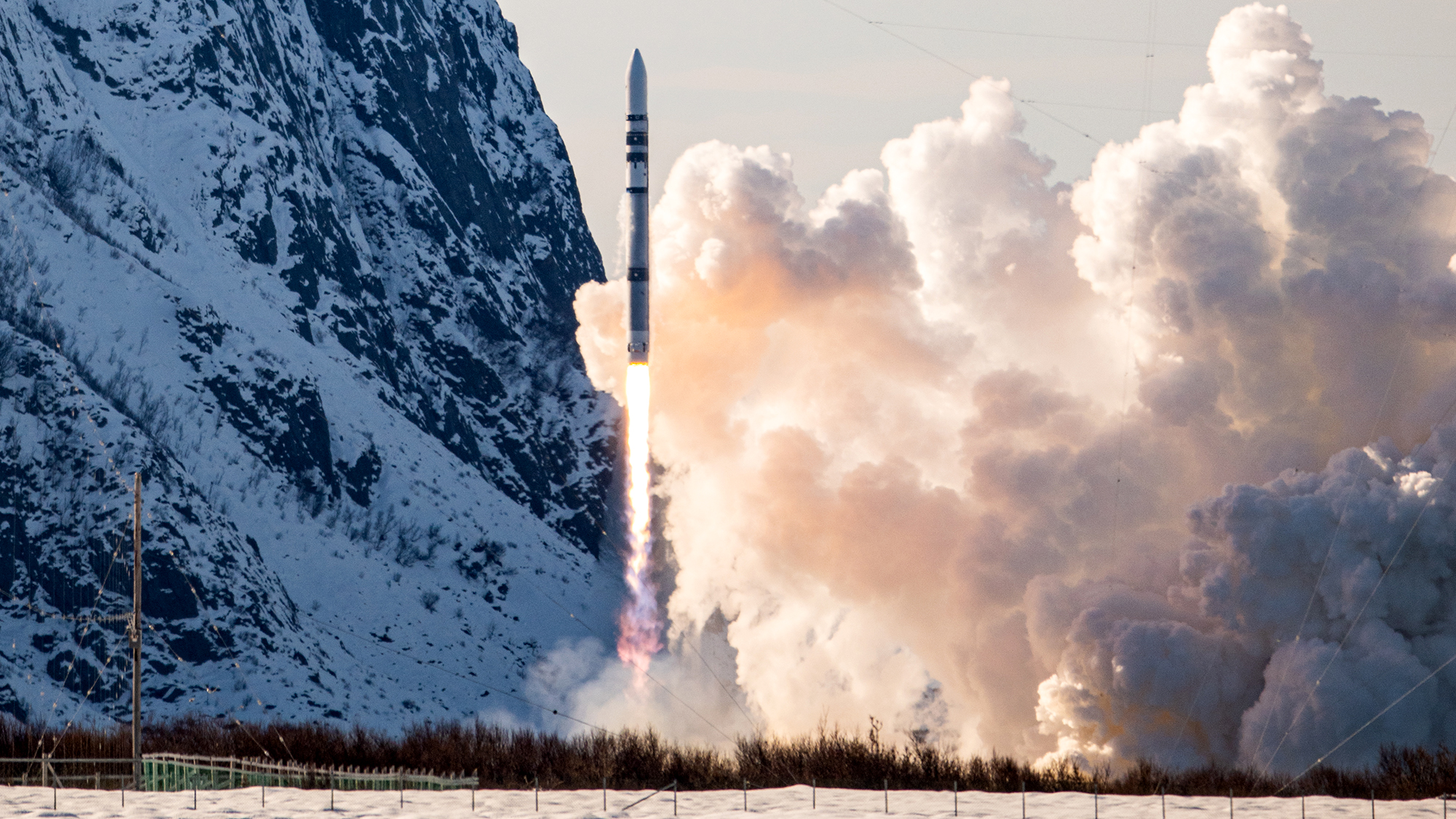 Test flight of orbital rocket from Europe explodes
Test flight of orbital rocket from Europe explodesSpeed Read Isar Aerospace conducted the first test flight of the Spectrum orbital rocket, which crashed after takeoff
-
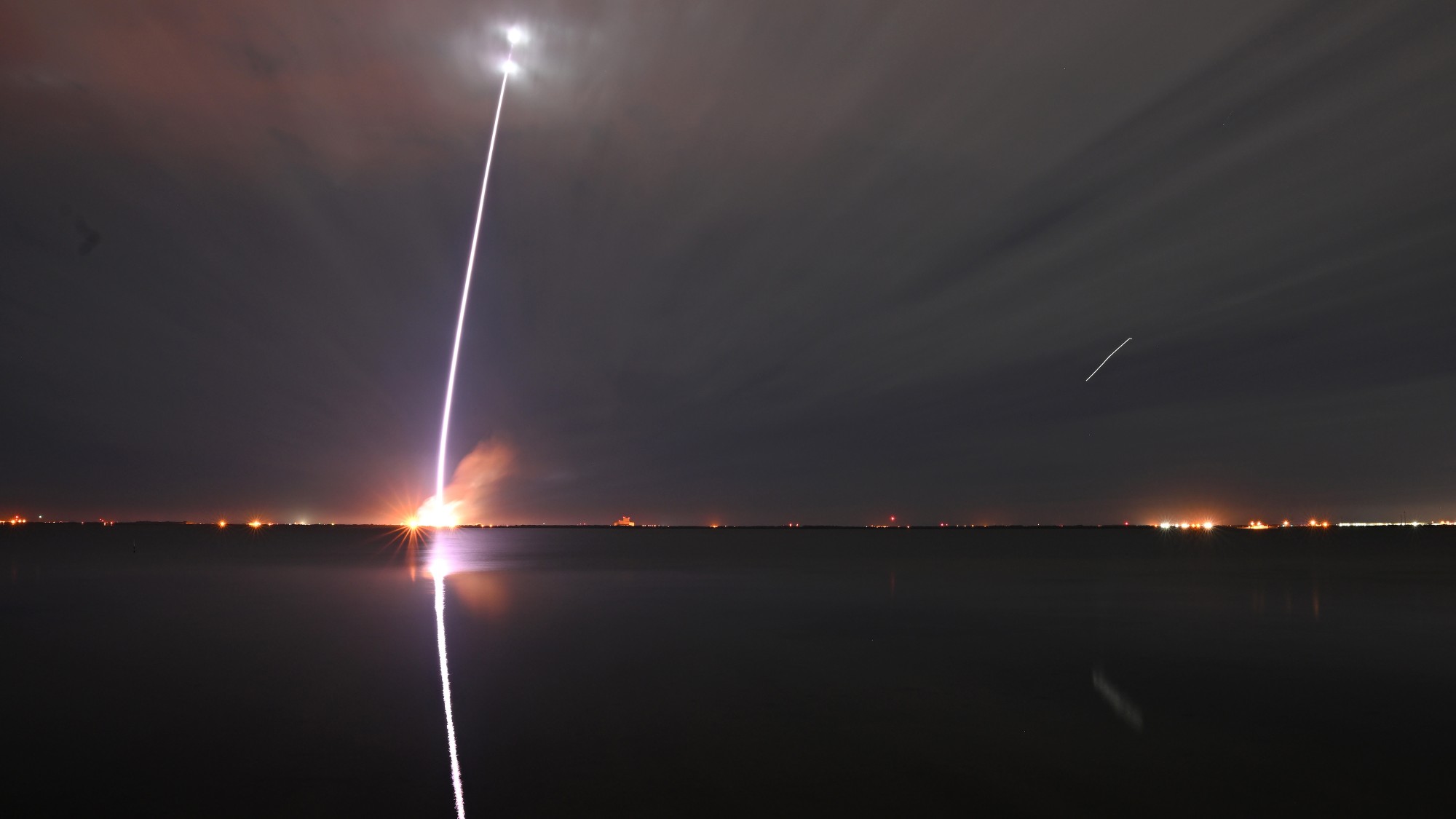 Jeff Bezos, Elon Musk and the billionaire space race
Jeff Bezos, Elon Musk and the billionaire space raceThe Explainer Tesla CEO and Amazon founder vie for dominance of satellite launch market and could influence Nasa plans to return to Moon
-
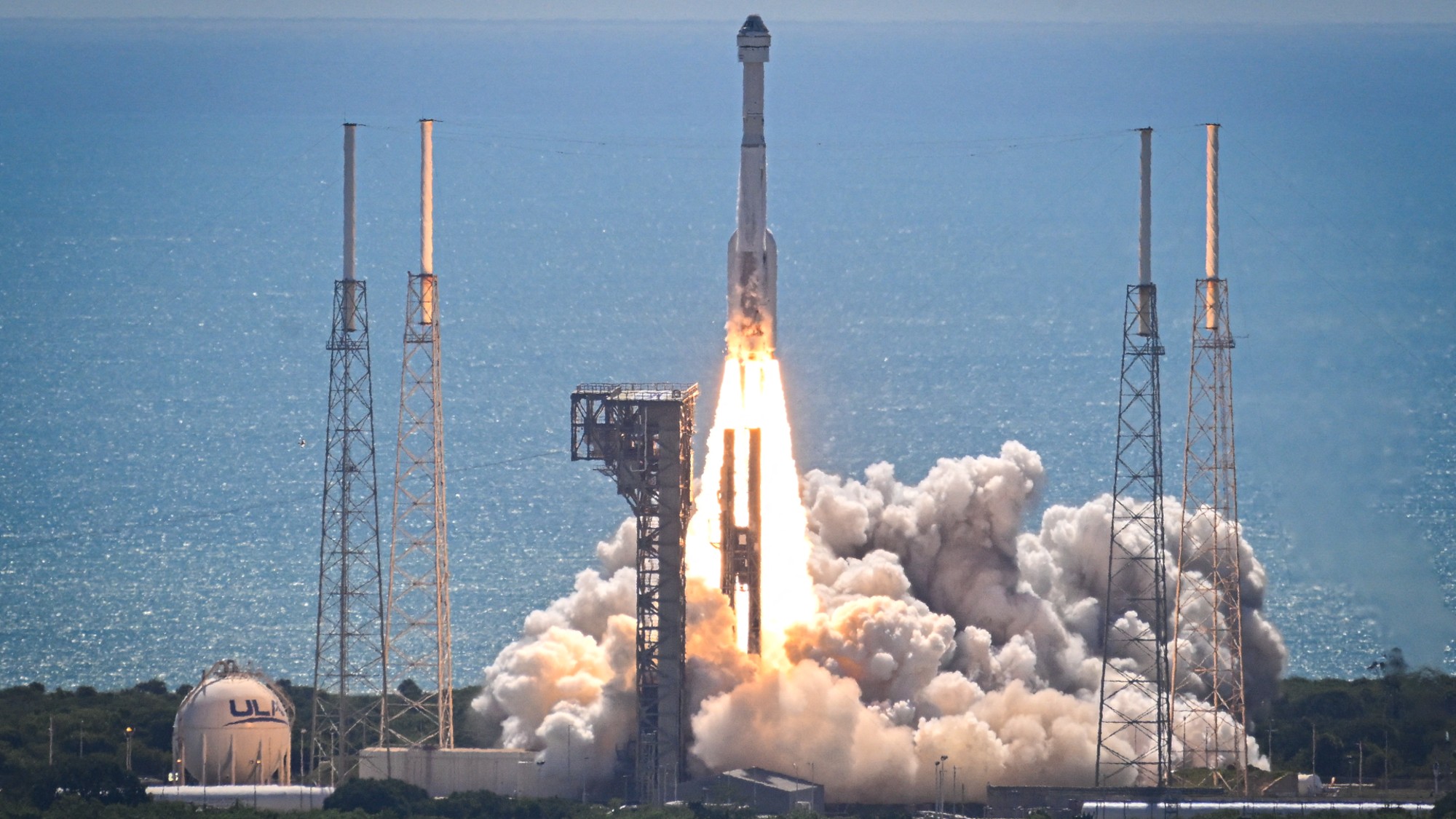 Starliner: What went wrong?
Starliner: What went wrong?Today's Big Question Boeing spacecraft has had a 'long, difficult road'
-
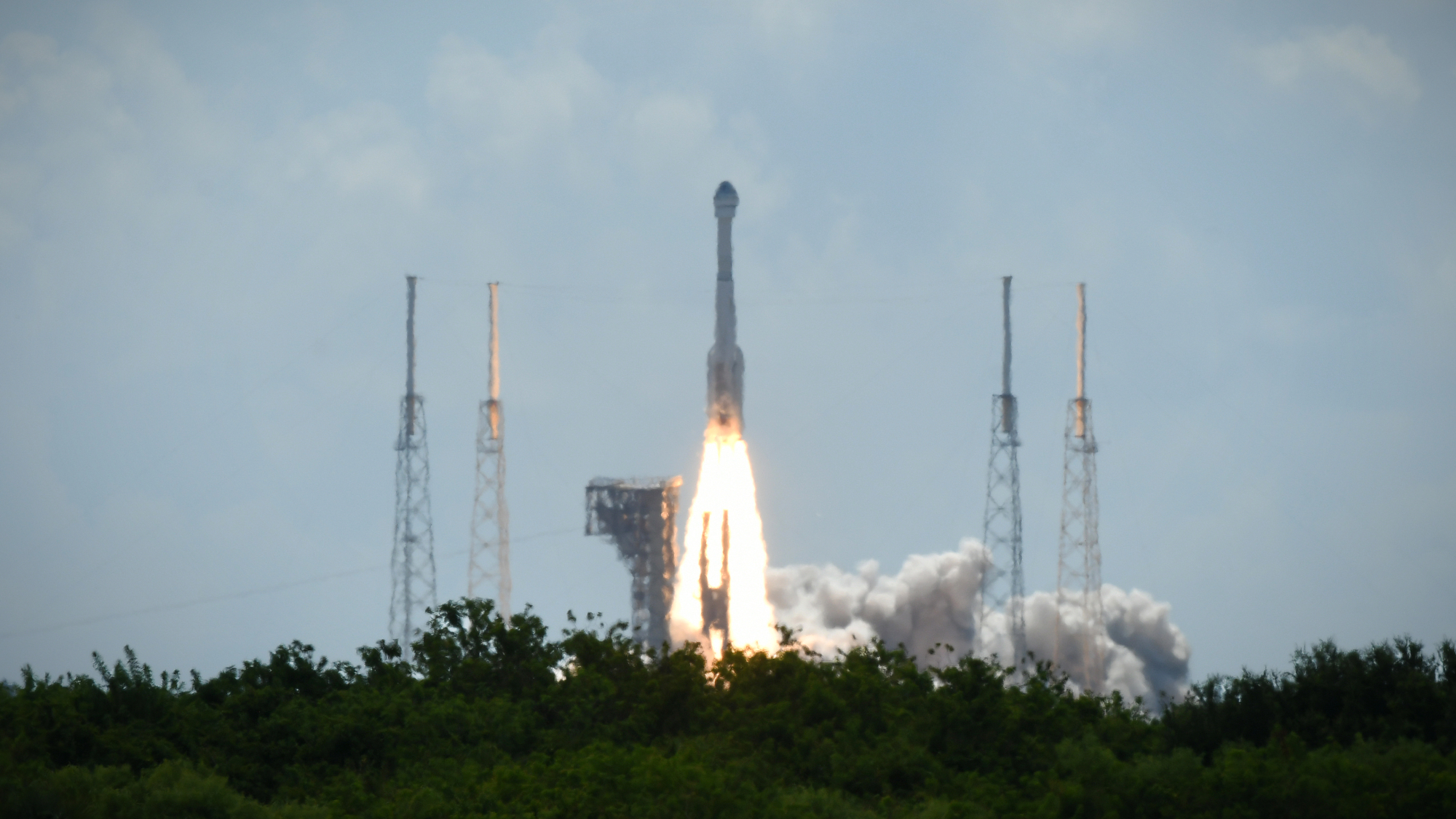 Boeing, SpaceX successfully test key rockets
Boeing, SpaceX successfully test key rocketsSpeed Read Boeing’s Starliner docked at the ISS and SpaceX completed its fourth test launch of its Starship spacecraft
-
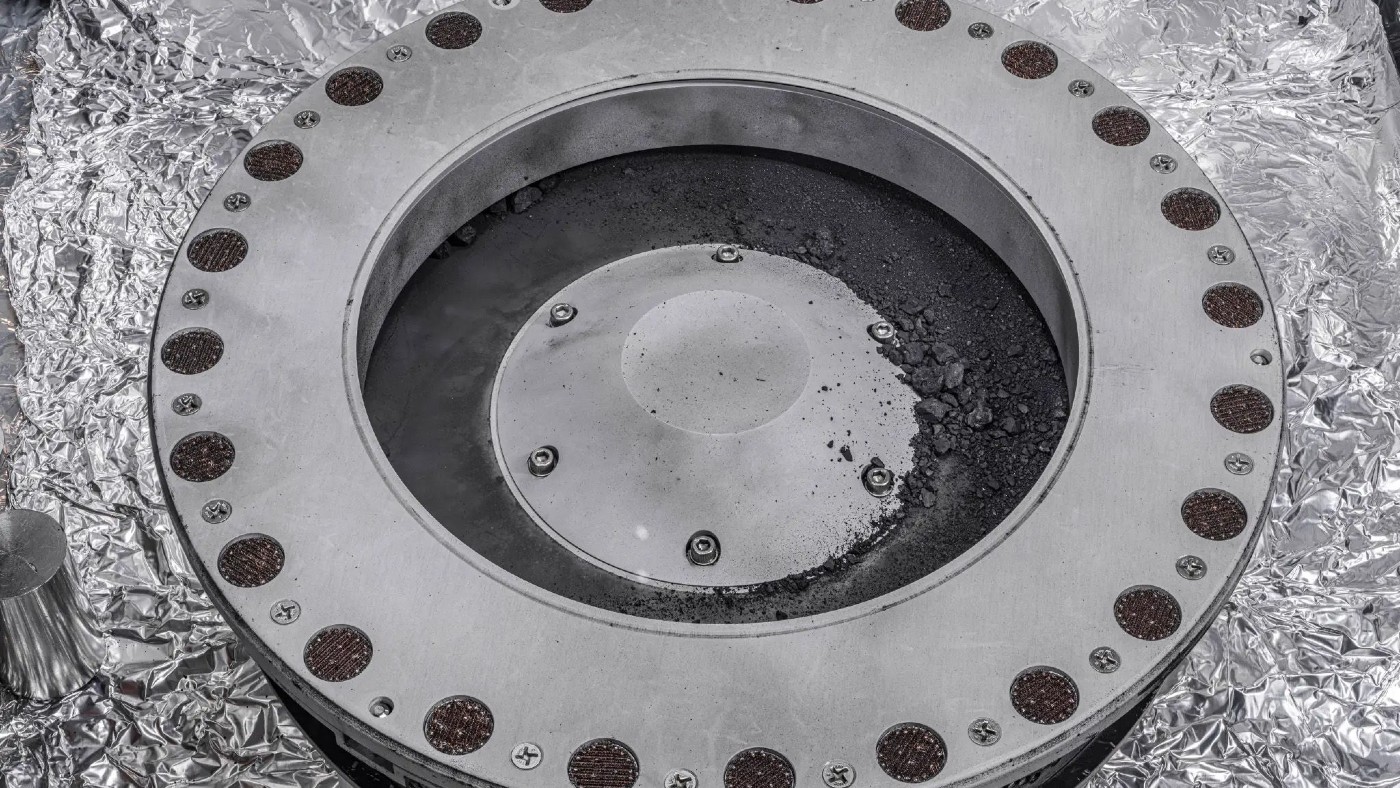 Nasa reveals first findings from asteroid that could explain origins of life
Nasa reveals first findings from asteroid that could explain origins of lifeSpeed Read Sample from Bennu has been found to contain an abundance of water and carbon
-
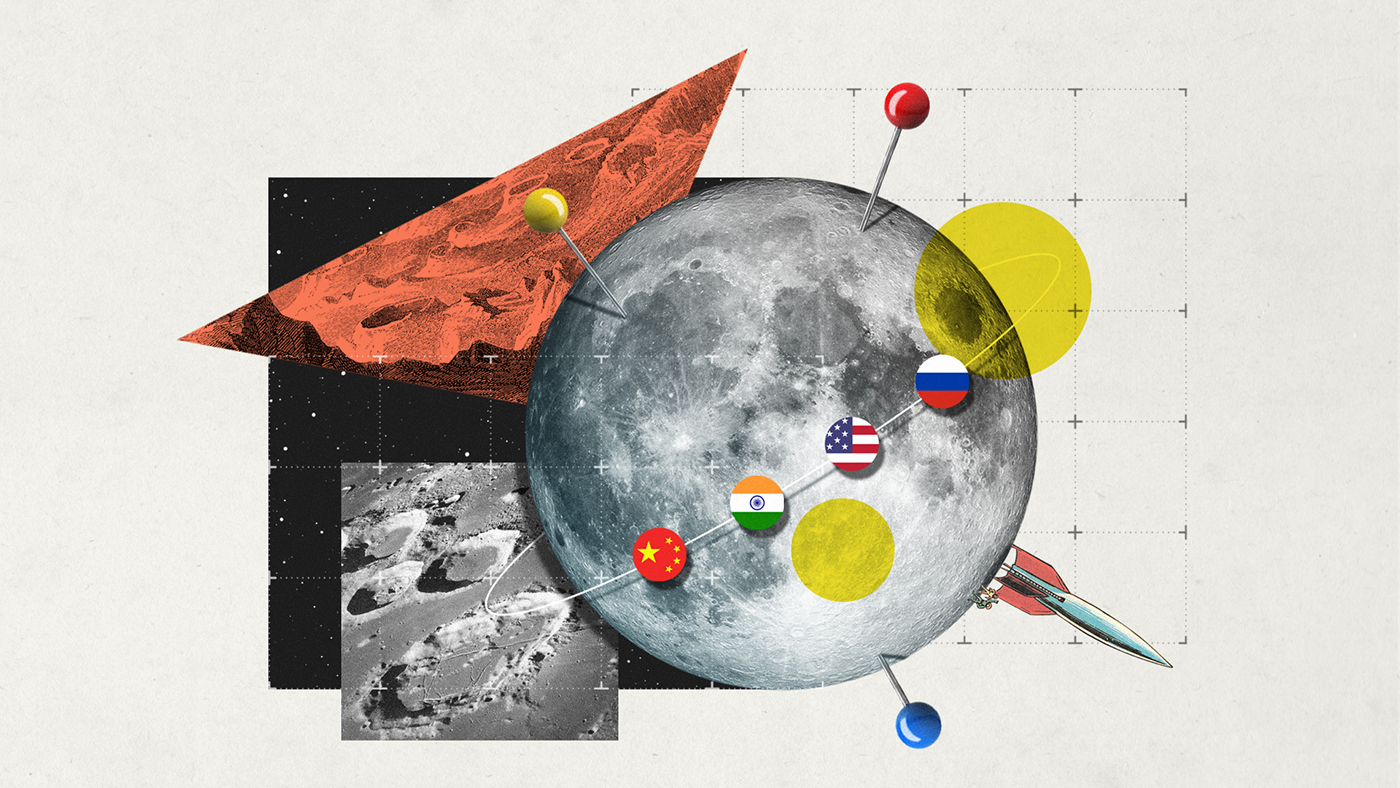 Dark side of the Moon: will the race to lunar South Pole spark conflict?
Dark side of the Moon: will the race to lunar South Pole spark conflict?Today's Big Question Russia and India are competing for the ‘new lunar gold’ – but real contest will be between the US and China